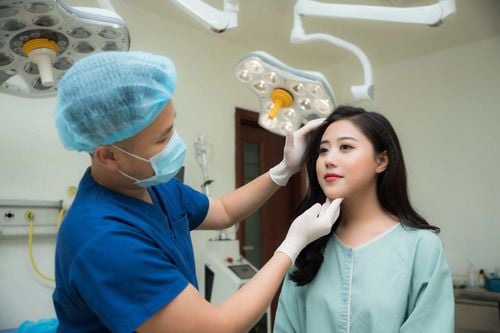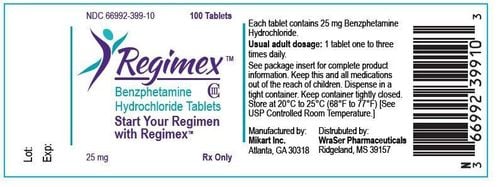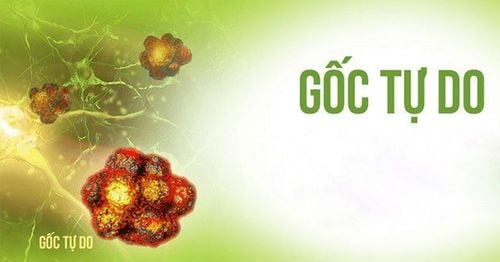This is an automatically translated article.
Loose skin after weight loss is inevitable, especially on the arms, abdomen, chest, buttocks and thighs. This can be physically uncomfortable, and can affect you psychologically. If you're looking for a way to tighten your sagging skin, you may be wondering whether to go for surgery or if it's better to opt for a less invasive, non-surgical option. Learn more about 6 tips to tighten loose skin below.1. Which option is the best?
Loose or sagging skin occurs when internal or external factors interfere with important molecules that help keep skin elastic, firm, and moisturized. Most people start to feel loose or flabby skin between the ages of 35 and 40. The loose skin that occurs with age is mainly due to the loss of collagen network, elastin fibers and hyaluronic acid - a molecule that helps the skin retain moisture.Weight loss, especially rapid weight loss, and pregnancy can also loosen the skin by stretching the skin molecules or changing the structure of the skin. Several other health and lifestyle factors can also contribute to loose skin, including:
Menopause UV (UV) damage Artificial tanning Certain medications, eg steroids and corticosteroids Skin products or cleansers that contain harsh chemicals Smoking Drinking Alcohol Non-surgical skin tightening usually involves the use of treatments designed to make the skin firmer. In some cases, this is achieved by boosting collagen or elastin production. Collagen makes the skin firm and elastin keeps the skin tight. Other treatments help skin look smoother by breaking down the fibrous tissue that produces cellulite.
On the other hand, surgery involves the removal and removal of excess skin due to weight loss. There are several options for surgically removing skin. For example, a myomectomy is the removal of the "apron" skin that hangs below the navel, or you can lift the upper or lower muscle.
To decide which surgical or non-surgical belt removal is best, you need to do a comparison so you better understand what to expect from each. Consider factors like recovery time, long-term impact, and more.
| Làm căng da không phẫu thuật | Làm căng da bằng phẫu thuật |
| Thời gian phục hồi tối nhanh | Vài tuần để phục hồi hoặc lâu hơn |
| Không có vết sẹo hoặc vết sẹo vĩnh viễn | Sẹo có thể nhìn thấy |
| Không có rủi ro do phẫu thuật | Phẫu thuật không an toàn cho tất cả mọi người |
| Không có yêu cầu duy trì trọng lượng trước khi làm thủ tục | Tốt nhất nếu cân nặng của bạn đã ổn định trong sáu tháng trở lên |
Some people who have successfully lost weight decide that surgery is the best option, but not all patients have success with these procedures. For example, if skin surgery occurs after a dermatomy, there is a 60% risk of developing complications.
2. 6 tips to tighten loose skin
Loose, rough skin can be uncomfortable and affect self-confidence. While there are many ways you can develop loose skin, once you get it, it's very difficult to reverse. Common places where people experience loose skin include: abdomen, face, neck, buttocks, arms, legs.Although plastic surgery can help improve sagging skin, there are options for people who want to avoid medical procedures. These options include:
Exercise Firming Products Surgical Procedures Weight Loss Massages Here are 6 ways you can tighten loose skin and ways to prevent sagging skin.
2.1. Firming Creams Many firming gels, creams, patches and other products are available for the topical treatment of mild cases of skin laxity. Those looking to purchase a firming product should look for products that contain retinol compounds. Retinoids are powerful antioxidants that can promote collagen production.
However, experts don't consider firming products to be effective overall and their penetration into the skin may not be deep enough to help lift sagging skin.
According to the American Academy of Dermatology, most firming products work best, mostly acting as a moisturizer. People who observe results with these products may need to continue using them to continue seeing results.
Dr. Alison Wells, owner and medical director, Valley Plastic Surgery and Medi-spa says: A good choice for a firming cream is one that contains retinoids.
Retinoids are chemical derivatives of vitamin A and include:
Tretinoin Acid retinoic Adapalene
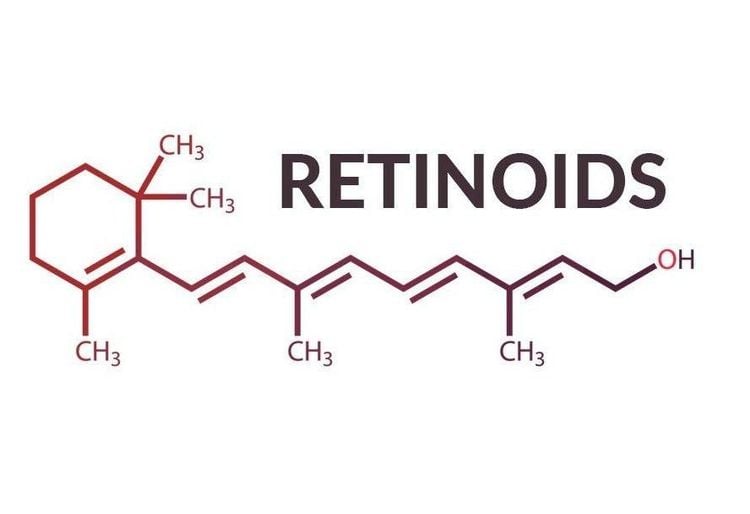
Lựa chọn tốt cho loại kem làm săn chắc da là loại có chứa retinoids
Reduces depth of wrinkles Increases skin firmness Reduces skin roughness Wells recommends avoiding skin care products including lanolin due to the increased incidence of contact dermatitis (allergic skin reactions) associated with relative to it steadily increased.
2.2. Supplements Although there is no magic pill to fix loose skin, some supplements can help.
Diet plays a very important role in skin health. Nutritional supplements may have benefits for loose skin, including anti-aging and anticoagulant effects. Some of the most promising skin supplements include:
Hydrolyzed Collagen Many people think that collagen supplements reduce the effects of skin aging by increasing collagen levels. Collagen peptides in oral supplement form can improve:
Your skin's moisture barrier by increasing hyaluronic acid levels Collagen production, which leads to a stronger collagen network Growth of skin fibroblasts - cells Cells help create compounds that bind Wound healing A study published in the Journal of Cosmetic Dermatology found that women who consumed 10 grams of collagen peptides orally in their bedtime drink had improved blood levels. collagen levels and overall skin structure after 4 weeks. Furthermore, they experienced better levels of skin hydration after 8 weeks.
Antioxidants Antioxidants and antioxidant enzymes can help reduce skin sagging and wrinkles by neutralizing reactive oxygen species (ROS). ROS are compounds capable of activating pathways that ultimately degrade collagen. Antioxidants can also help stimulate the growth of collagen and elastin. Examples of antioxidants found in certain foods, beverages and nutritional supplements include:
Vitamin A, Vitamin C, Vitamin D, and Vitamin E Coenzyme Q10 Selenium Zinc Epigallocatechin gallate (EGCG) Many recipients enough antioxidants through their diet. There is little evidence that antioxidant supplements will help prevent or reduce skin conditions.

Nhiều người nhận đủ chất chống oxy hóa thông qua chế độ ăn uống của họ
It is important to follow the dosage on the label when taking supplements. People with medical conditions should discuss taking supplements with their doctor first to prevent unwanted side effects or interactions with other medications.
2.3. Exercise Regularly Exercising regularly is an important way to stay healthy and young for a long time. Certain forms of exercise may also help reduce the effects of skin aging. A 2015 study found that endurance training can reduce the effects of age-related skin changes in rats and humans. The authors note that endurance training reduces skin turnover by improving tissue metabolism, primarily by stimulating the release of a hormone called interleukin-15 by skeletal muscle.
Women with loose skin due to pregnancy should talk to their doctor about the best method to safely engage in physical activity and what exercises you should avoid.
Building muscle mass through weight training can help reduce the appearance of loose skin, especially if loose skin is due to weight loss. If excess fat deforms the skin over the long term, the skin may lose some of its ability to shrink with weight loss. Replacing lost fat with muscle mass can reduce the appearance of loose skin.
If you have loose skin due to recent pregnancy, consult your doctor before exercising as there are some movements you should avoid.
One form of exercise that has not been proven effective for loose skin is facial exercises. Although facial exercises have been popular since the 1960s, there is little research demonstrating that these exercises actually help tighten loose skin.

Một hình thức tập thể dục không được chứng minh là có hiệu quả đối với làn da chùng nhão là bài tập mặt
2.5. Massage Massage can improve blood flow and stimulate fibroblasts. Fibroblasts are cells that help produce connective tissues, such as collagen and elastin, that keep the skin firm. Some studies show that massage can increase mitochondrial production. Mitochondria play an important role in tissue and cell metabolism, and there is a link between mitochondrial dysfunction and skin aging.
More research is needed to determine the best way to use massage for skin tightening. A 2017 study found that using a device that gently massaged the skin for 1 minute twice daily for 10 days increased the expression of skin molecules, such as procollagen-1, fibrillin, and tropoelastin.
The same study also found that using a massage device after applying a commercial anti-aging cream to the face and neck amplifies the effects of the product.
Massaging loose skin can increase blood flow and help trigger an anti-aging response. One study analyzed the effects of skin massage in combination with an anti-aging skin cream. Research shows that regular massaging with a hand-controlled oscillating massage tool amplifies the positive effects of the cream. Besides massaging, you can also use salt or sugar rubs to increase blood flow.
2.6. Cosmetic procedures Many non-surgical procedures can help calm the skin. These procedures include:
Chemical masking. Removing the old outer layer of skin can reduce the appearance of loose skin, sagging, or wrinkles on the face and neck. Once the old skin peels off, the skin underneath is usually less wrinkled and smoother.
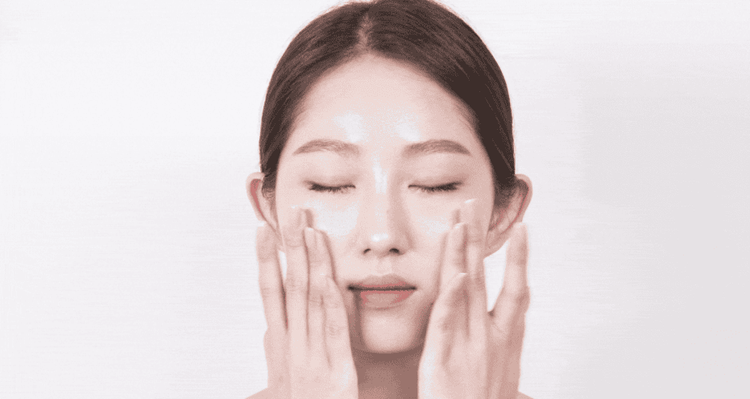
Việc loại bỏ lớp da cũ bên ngoài có thể làm giảm sự xuất hiện của da chùng nhão, chảy xệ
Body contouring may also be referred to as traction or lift surgery. They involve an incision and removal of fat and excess skin. These surgeries often require a hospital stay followed by a recovery period at home. If other skin tightening techniques are not giving the expected results, you can consult your doctor to see if body contouring is the right option for you.
Please dial HOTLINE for more information or register for an appointment HERE. Download MyVinmec app to make appointments faster and to manage your bookings easily.
References: verywellfit.com, medicalnewstoday.com, healthline.com




